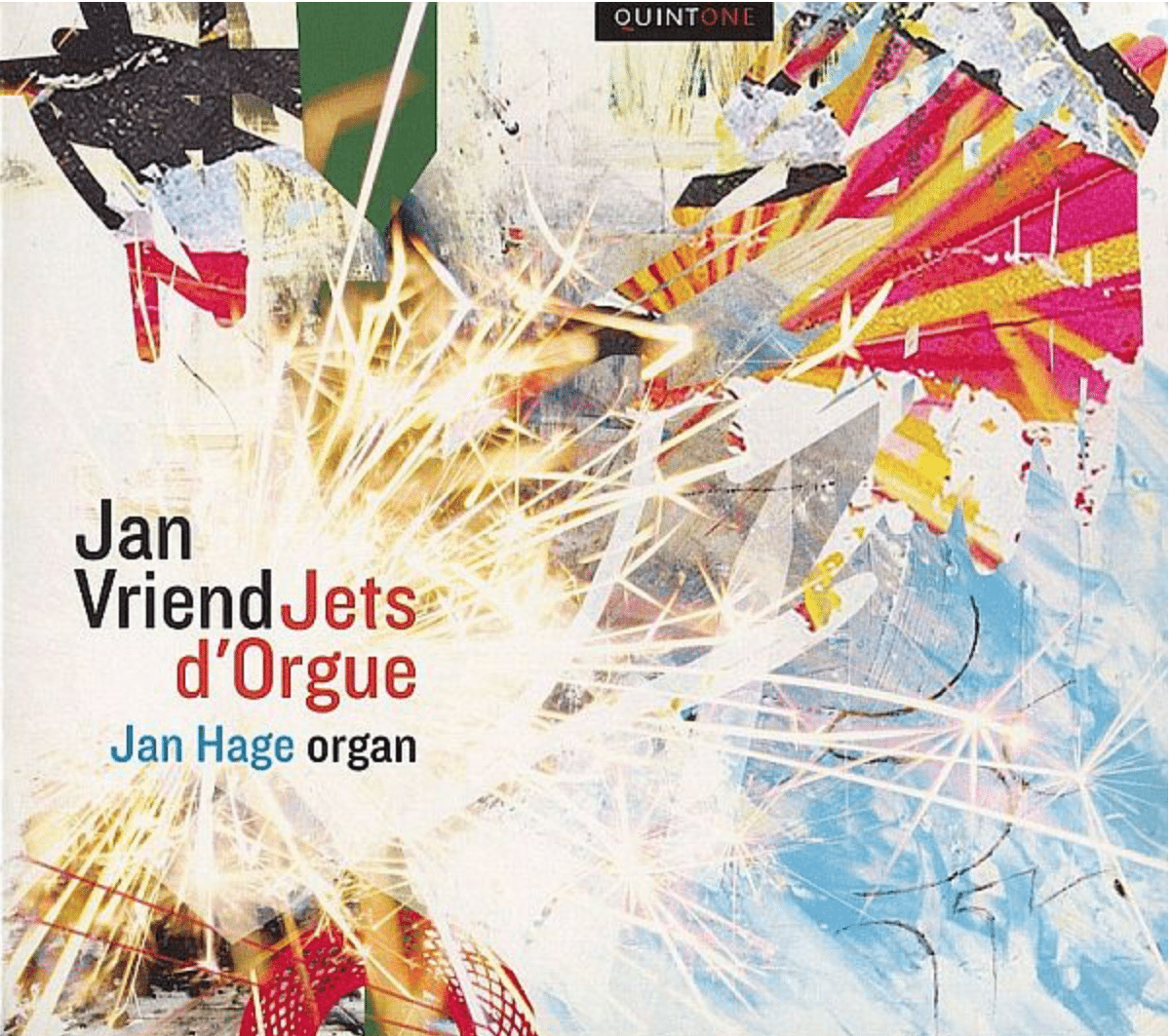Jan Vriend - Jets d'Orgue

Jets d'Orgue by Jan Vriend is both a milestone in organ literature and the composer's oeuvre. The first movement of the three-movement work appeared in 1985. In 1989, this movement was first performed by Gottfried Sembdner. The other two movements appeared in 1991. The first integral performance of Jets d'Orgue took place in 1993 at St Paul's Cathedral in London by Sembdner.
Jan Vriend said in 1985, "An organ is like a fountain of a thousand pipes scattering their sound around the room." This explains the title and content of Jets d'Orgue. Each section consists of three sections, which in turn are divided into three sub-sections. Each of the nine sections begins with a Jet: a kind of explosion or waterfall of sound. This is followed by a homophonic or polyphonic middle section. In the final section of each section in which effects are exploited.
The composition requires a large organ with three manuals. Friend took the organ of Grote Kerk in Haarlem as a starting point.
The Volkskrant wrote the following about this CD:
'Hage indicates in his commentary that he had to fight every beat of the work, and that is conceivable, as at times there is a bewildering amount happening at once. Yet the performance sounds far from plodding, rather exuberant and joyous. And it must be a pleasure to play this work on the most famous organ in the Netherlands, the Müller organ in Haarlem's St Bavo, an instrument that dates back to 1738 and yet is suitable for music from 1991.
Friend does musical powerlifting, as each of the three movements consists of three subsections formed by three segments. This sounds rigid, but it gives the composer room to indulge himself to his heart's content without being caught off guard. Throughout, there is perspective, multilayeredness, growth and evolution. In addition to the organ fountains from the title, there are organ droplets, seas of flame, thawing mastodons, and sound fields in which landslides occur after all. Friend detaches the timbres and keys of the organ from each other, makes them malleable and organic, and manages to create a trait d'union between Xenakis and Beethoven.
Of course, you have to like modern music - but then, with this CD, you also have a monument in your hands.'